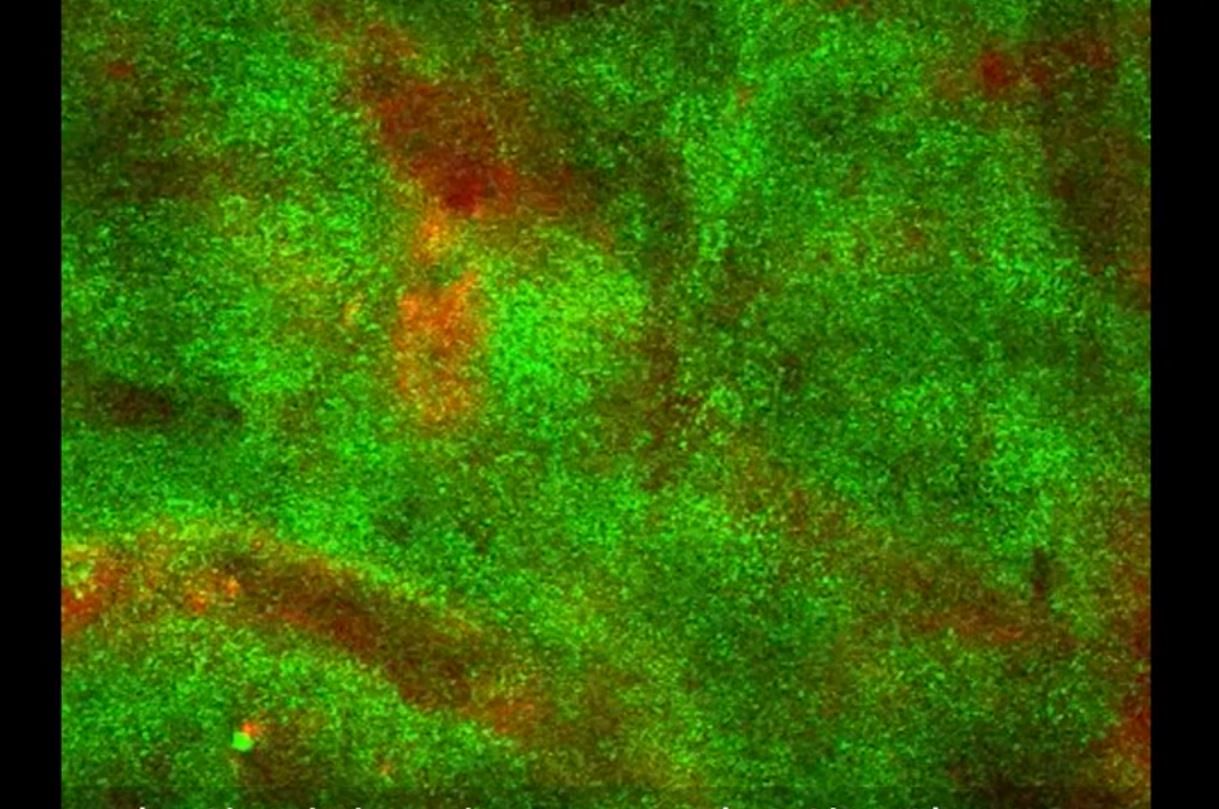
A team led by an Indian-origin scientist has developed a novel way to 3D print living skin complete with blood vessels, a "significant step" towards creating grafts that are more like the natural skin.
Three dimensional (3D) bioprinting combines cells, growth factors, and biomaterials to fabricate biomedical parts that maximally imitate natural tissue characteristics.
"Right now, whatever is available as a clinical product is more like a fancy Band-Aid," said Pankaj Karande, an associate professor at Rensselaer Polytechnic Institute in the US.
"It provides some accelerated wound healing, but eventually it just falls off; it never really integrates with the host cells," said Karande, who led the research published in the journal Tissue Engineering Part A.
Researchers noted that a significant barrier to that integration has been the absence of a functioning vascular system in the skin grafts.
The team found that if they add key elements -- including human endothelial cells, which line the inside of blood vessels, and human pericyte cells, which wrap around the endothelial cells -- with animal collagen and other structural cells typically found in a skin graft, the cells start communicating.
Such cells form a biologically relevant vascular structure within the span of a few weeks, according to the researchers.
When a team at Yale School of Medicine in the US grafted the structure onto a special type of mouse, the vessels from the 3D printed skin began to communicate and connect with the mouse's own vessels.
"That is extremely important, because we know there is actually a transfer of blood and nutrients to the graft which is keeping the graft alive," Karande explained.
In order to make this usable at a clinical level, researchers need to be able to edit the donor cells using something like the CRISPR gene-editing technology, so that the vessels can integrate and be accepted by the patient's body.
"We are still not at that step, but we are one step closer," Karande added.
"This significant development highlights the vast potential of 3D bioprinting in precision medicine, where solutions can be tailored to specific situations and eventually to individuals," said Deepak Vashishth, the director of Center for Biotechnology and Interdisciplinary Studies (CBIS) in the US.
Karande noted that more work is needed to address the challenges associated with burn patients, which include the loss of nerve and vascular endings.
However, the grafts his team has created bring researchers closer to helping people with more discrete issues, like diabetic or pressure ulcers.